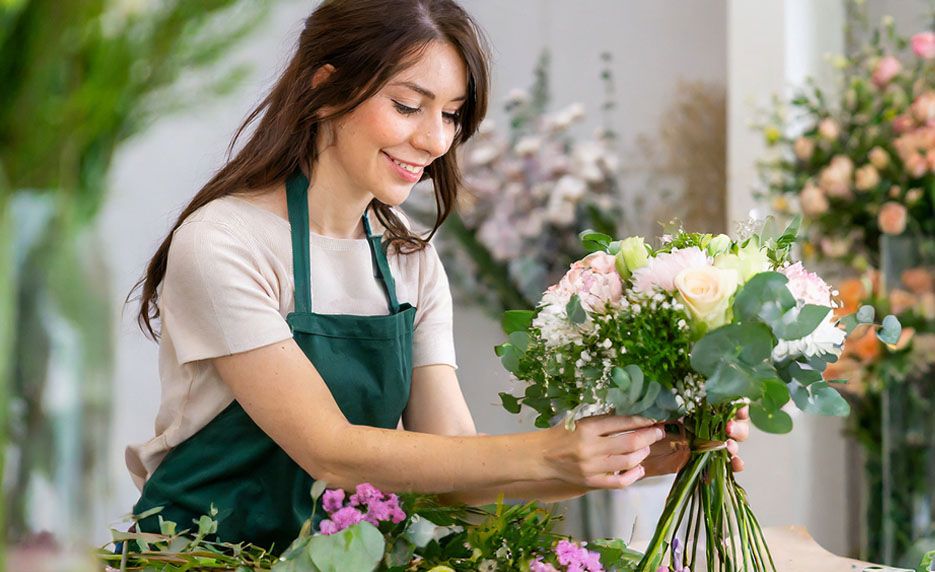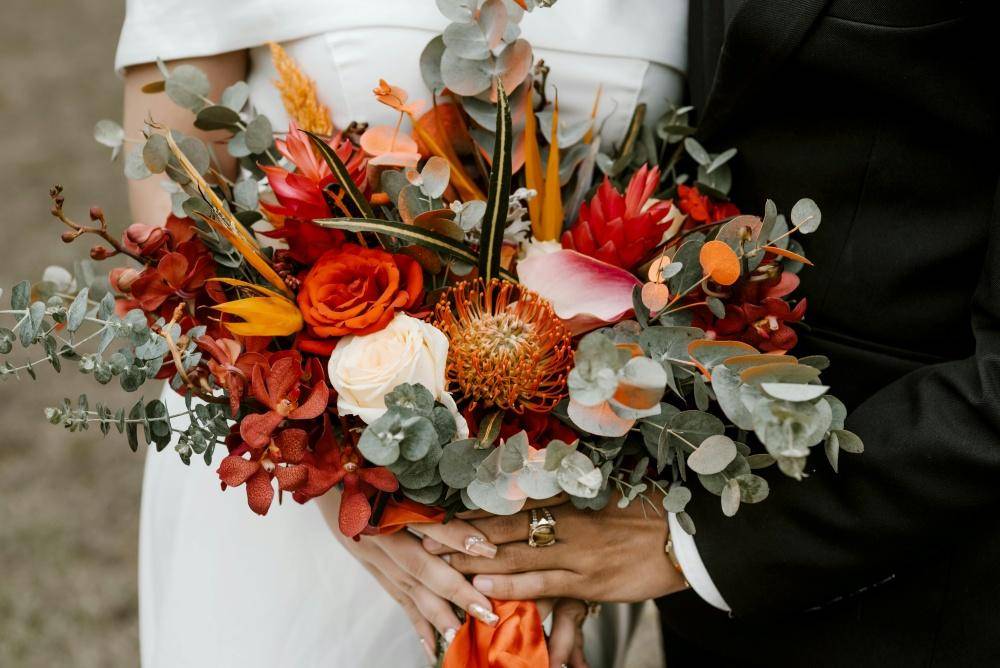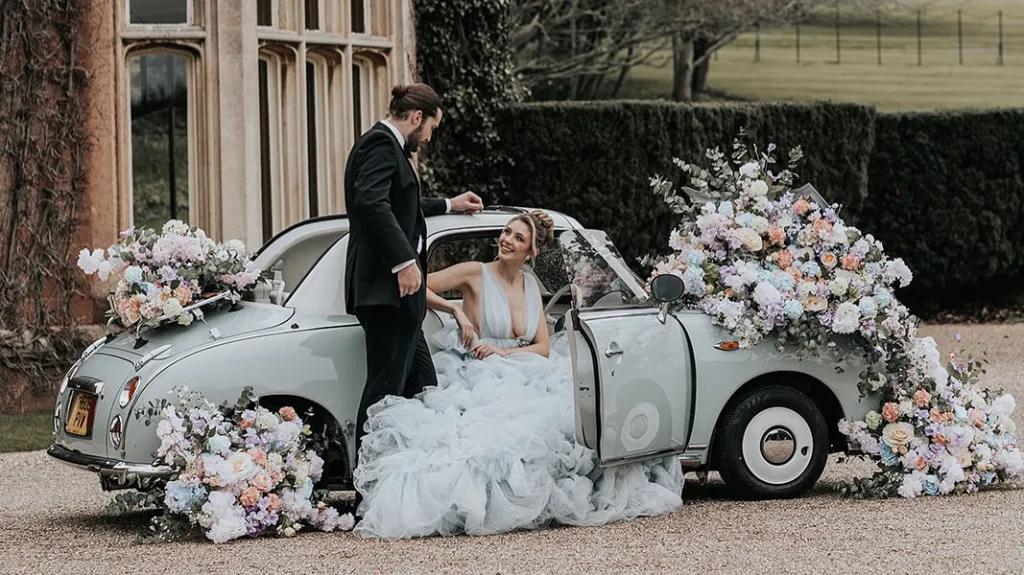The joy of florist workshops
Learning, sharing, and creative growth
Floriculture workshops bring together people with an appreciation for flowers and artistic design. 🌸 These events are not only opportunities to learn the craft of floristry, but also spaces where creativity flourishes in a communal environment. Participants get hands-on experience in handling fresh flowers, arranging them into expressive displays, and understanding the principles of balance, proportion, and harmony. Such workshops often become memorable experiences because they combine learning with the joy of working in a relaxed, inspiring setting. Beyond technical skills, they cultivate patience, observation, and a deeper appreciation of natural beauty.
Choosing the right theme
Shaping focus through specific subjects
A successful workshop always begins with a thoughtful theme. 🎨 Themes provide structure and direction, whether the focus is on seasonal bouquets, festive decorations, centerpieces, or wedding arrangements. Selecting a clear subject helps participants concentrate on relevant techniques without becoming overwhelmed. For example, a theme centered on spring flowers can highlight vibrant color palettes and introduce seasonal blooms. Meanwhile, a wedding arrangement theme can emphasize elegance and refined aesthetics. By narrowing the scope, both beginners and advanced learners can engage with content that feels purposeful and rewarding.
Preparing materials and flowers
Ensuring smooth participation and practice
The practical aspect of a workshop depends on careful preparation. 🌺 Essential tools such as floral scissors, wire cutters, floral foam, ribbons, and vases should be available for every participant. Just as important is the selection of fresh flowers and greenery. Providing a wide variety of blossoms in different colors, textures, and sizes allows participants to experiment with design and create unique combinations. When everything is well prepared, participants spend less time waiting for supplies and more time focusing on technique and creativity. Organized preparation also helps ensure the workshop runs efficiently from start to finish.
Creating a welcoming space
Designing an inspiring and functional environment
The environment plays a vital role in the success of a floriculture workshop. 🏡 A well-lit and airy space with comfortable tables and seating encourages participants to relax and focus on their creations. Sufficient workspace prevents clutter and helps participants work with confidence. Instructors can also prepare sample arrangements in advance to provide inspiration and demonstrate possible outcomes. Adding background elements such as soft lighting, gentle music, or natural décor can further enhance the ambiance. A supportive and well-structured atmosphere makes participants feel comfortable while allowing their creativity to flourish.
Step-by-step demonstration
Guided practice with clear explanations
Effective teaching lies at the heart of every workshop. 🏵️ A clear step-by-step demonstration allows participants to understand both basic and advanced techniques. The instructor should show how to prepare flowers, arrange them in layers, and finish with decorative details. Explaining each step, while also highlighting common mistakes, ensures participants can replicate the process with confidence. Allowing time for questions and interaction strengthens understanding and builds trust between instructor and learners. This structure transforms the workshop into an educational yet enjoyable experience, balancing guided instruction with hands-on experimentation.
Encouraging creativity and style
Balancing structure with personal expression
While technical guidance is important, workshops also thrive on creativity. ✨ Every participant has a unique vision, and encouraging them to explore individual styles makes the experience more meaningful. Mixing textures, combining bold colors, or experimenting with unconventional shapes can produce stunning results. By creating an atmosphere where there are no rigid “rules,” learners gain confidence and find joy in expressing themselves. A balance between structured learning and personal interpretation ensures that participants not only master techniques but also discover their own artistic voice.
Adding social and entertaining elements
Creating memorable shared experiences
Floriculture workshops are not only about flowers—they are also social gatherings. 🎉 Adding refreshments, soft background music, or short discussion breaks transforms the workshop into a warm and engaging event. Informal conversations allow participants to exchange ideas, share stories, and inspire one another. These social aspects contribute to a sense of community, making the event more than just a class. The combination of education, relaxation, and enjoyment ensures participants leave with both skills and positive memories.
Celebrating achievements and inspiring passion
Recognizing progress and encouraging practice
At the conclusion of a workshop, celebrating the efforts of participants reinforces their sense of achievement. 📸 Taking photographs of completed arrangements highlights their progress and creates lasting mementos. Certificates of participation can provide a formal recognition of learning, while small take-home kits with flowers and basic tools allow continued practice beyond the class. These thoughtful additions help extend the learning process and inspire participants to pursue further exploration of floral art. 🌷 Ultimately, a well-organized workshop plants the seeds of passion, encouraging individuals to view floristry not only as a skill but as a creative journey.

 Previous Blog
Previous Blog

